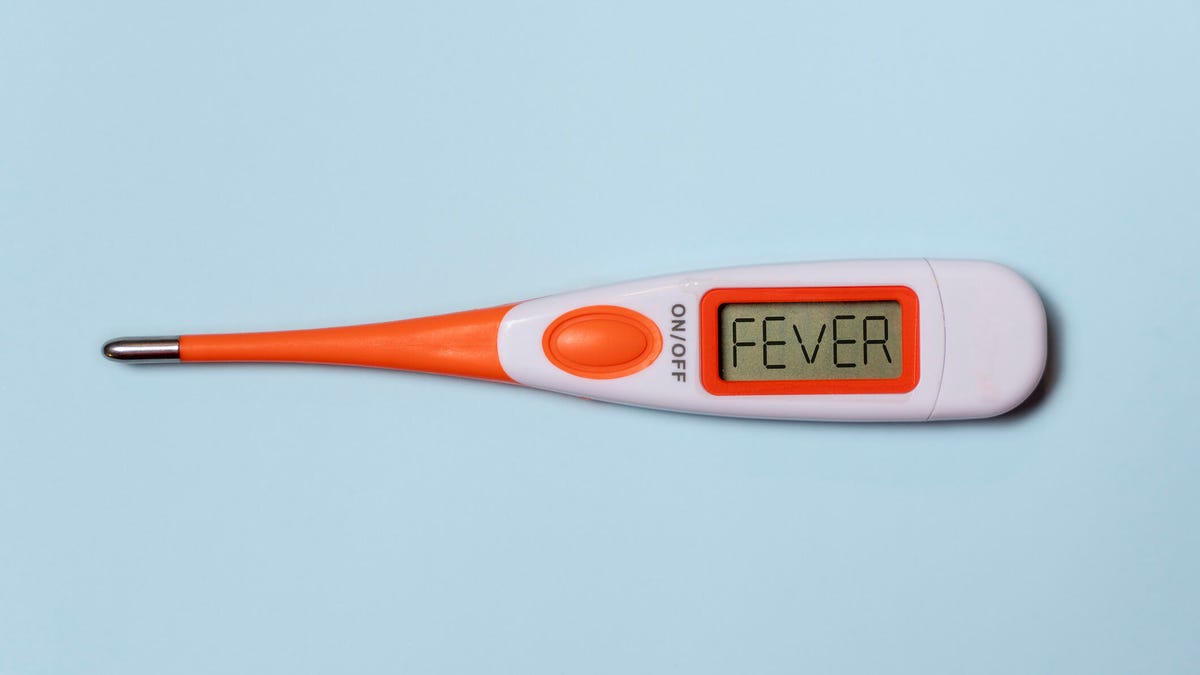What are the symptoms of COVID-19? The full list, according to the CDC
The number of official symptoms is 11, including muscle pain and a sore throat.

As we enter Month 7 of the coronavirus pandemic, we know that one of the best ways to prevent the spread of the coronavirus is to avoid contact with other people if you're feeling sick. Given that getting a COVID-19 test in the US still isn't easy, thanks to shortages and long wait times for test results, knowing the list of symptoms can help you identify if you should quarantine. This article has been updated with the latest information.
However, there's a catch. The list of symptoms for the coronavirus overlaps with infections of other viruses, including influenza and rhinovirus, the virus that causes the common cold. That means it's going to be difficult to determine whether you have COVID-19 or the flu with a test. However, no matter which you have, you should still stay home, wear a mask, frequently wash your hands and keep your distance from others. The same goes for the common cold too.
Read more: 9 flu shot myths you should stop believing and spreading
COVID-19 symptoms
The following is a list of COVID-19 symptoms as outlined by the CDC. You'll notice that many of these symptoms, including fever, body aches and a sore throat, are also common with the flu. More unusually, one possible sign of a coronavirus infection is a loss of taste or smell.
- Fever or chills
- Cough
- Shortness of breath or difficulty breathing
- Fatigue
- Muscle or body aches
- Headache
- New loss of taste or smell
- Sore throat
- Congestion or runny nose
- Nausea or vomiting
- Diarrhea
Just because you have any of the above symptoms, it doesn't necessarily mean you have the coronavirus. The CDC also states that "this list is not all-inclusive." So if you feel ill, call your health care provider.
If you suspect that you or someone in your household has COVID-19 but isn't ill enough for hospitalization, here's everything you need to know about taking care of the sick person. And if you believe that testing is necessary in your situation, here's what you need to know about finding a coronavirus testing site near you.



